The Ultimate Guide to Planning a Trip to Japan for the first time - 10 tips!
It seems a lot of you readers love Japan / are visiting Japan soon! So much so that it's one of the most popular countries I get asked questions about. I visited Japan for the very first time in April 2017 and then again (because I loved it so much!) in November 2017. As a first timer this time last year, Japan was an extremely complicated country to get my head around given they had their own way of doing lots of things. During my trips, I'd always make notes of things I thought would be helpful to share with you guys. With April here - a popular month to travel Japan, I thought I'd share with you 10 tips and things I learnt along the way that I think are really important to know/understand to help with planning your trip.
Scattered throughout are some of my favourite travel memories and destinations in Japan with links to the corresponding post in case you want to read more. Hope this post helps heaps!
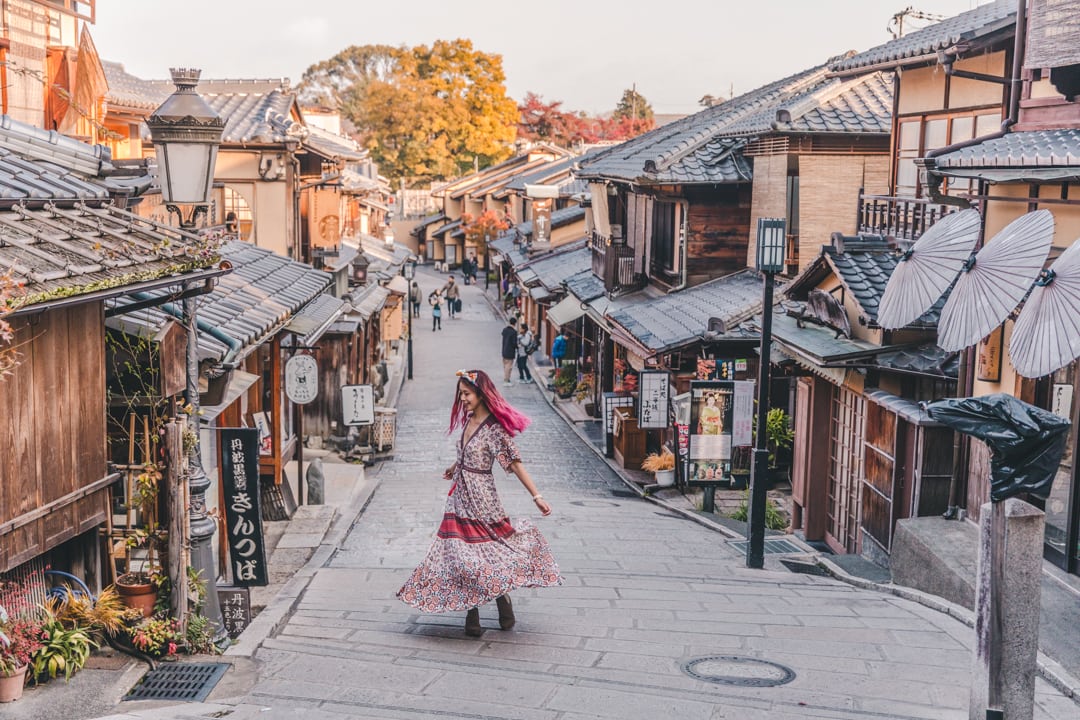
See more: Kyoto Autumn Sightseeing Guide - 12 Places You Must Visit
1. The basics about the JR Pass
The JR Pass is something you'll hear about for sure if you are planning your trip to Japan. It's a public transport pass that covers the JR company's train network (mainly trains as well as some buses and other inclusions). Here is a crash course summary for those who are new to it
-
- The JR pass is normally good value if you are taking more than one return trip between cities. E.g. if your trip covers more than Tokyo > Osaka > Tokyo, then you're more likely to find that the JR Pass is better value than buying separate train tickets
-
- JR passes can only be purchased by non-Japanese residents (AKA tourists)
-
- They cover travel on most bullet trains (AKA 'shinkansens') + a few other lines. However they don't cover the 'nozomi' bullet train which is the fastest bullet train service.
-
- Most bullet trains have both non-reserved + reserved seats. For non-reserved train cars, you can simply show your JR pass at the train station gate then hop on, however there is no guarantee you can get a seat in those cars and so you will probably have to stand. It is highly recommended to make a seat reservation in the reserved carriages before you travel and this can be done at ticket offices/JR ticket offices which are easy to spot in train stations. During busy periods you'll have to make your reservations early, as trains can be completely booked out up to days in advance. I'd recommend reserving seats on all your long distance trains at least 2 days before departure so you can make sure your itinerary is on track!
-
- JR passes also cover a select number of other lines, this includes JR local lines which is basically JR trains that run locally within the city. You can normally tell which lines these are as the service will normally include the word 'JR' in it. So 'JR Nara Line', etc. The JR pass also covers the Miyajima ferry, and a few other random services too.
-
- A good tip for JR passes is that you can use them to enter train stations at any time to use the toilets in the station, should you ever need one urgently!
- For trains that the JR pass does not cover, you will have to buy a separate ticket from the ticket machines. These tickets are normally local trains, and range from about 150-250 yen per one way.
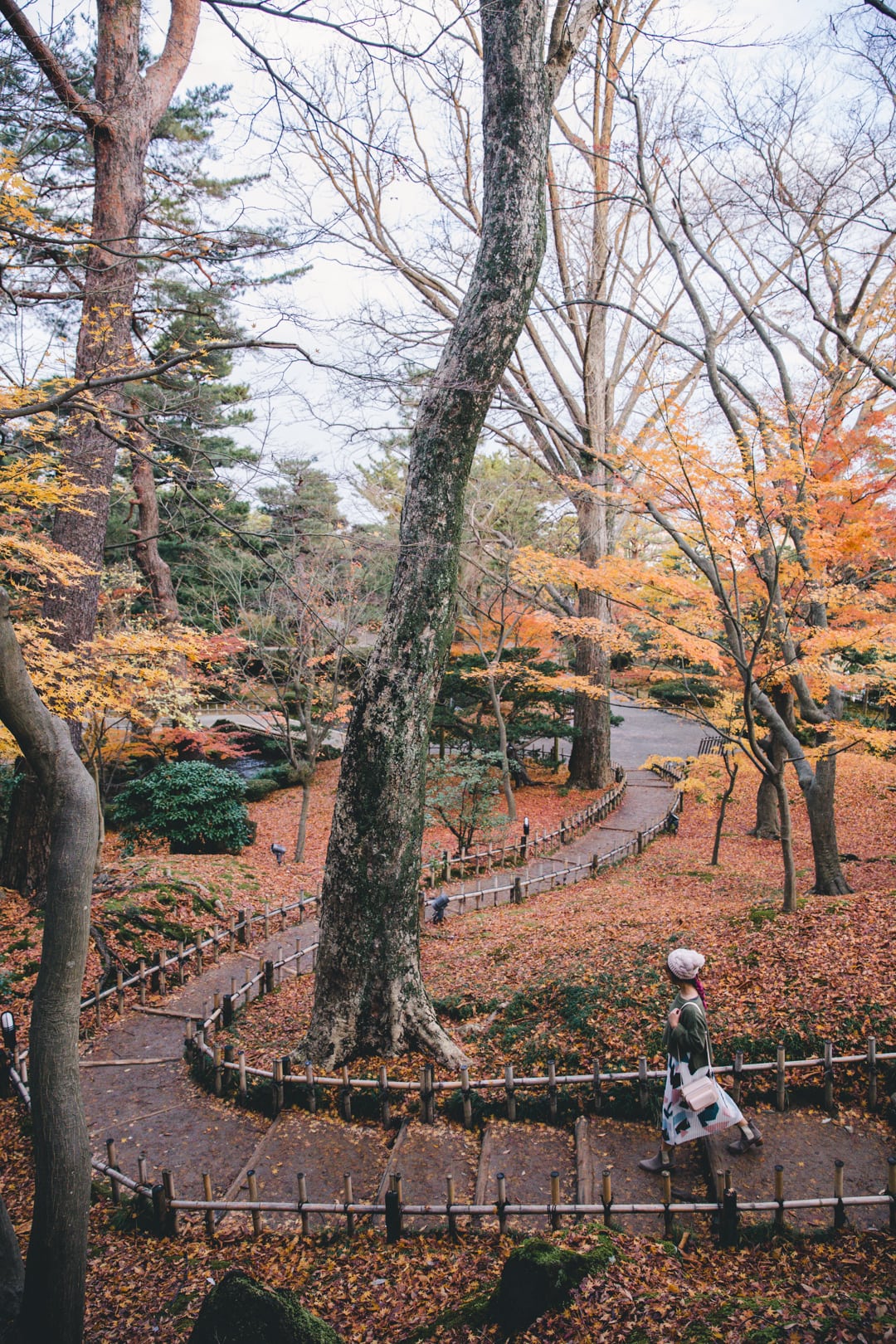
See more: My Guide to Exploring Kanazawa
2. Use HyperDia to plan your trip
The best way to check train timetables is to use Hyperdia.com. If you're using the JR pass, make sure when searching on Hyperdia you untick 'nozomi' trains as these are not covered. Printscreen the train information or write down the date, departure destination, train name and number. Then, take this to the counter to reserve your seat.
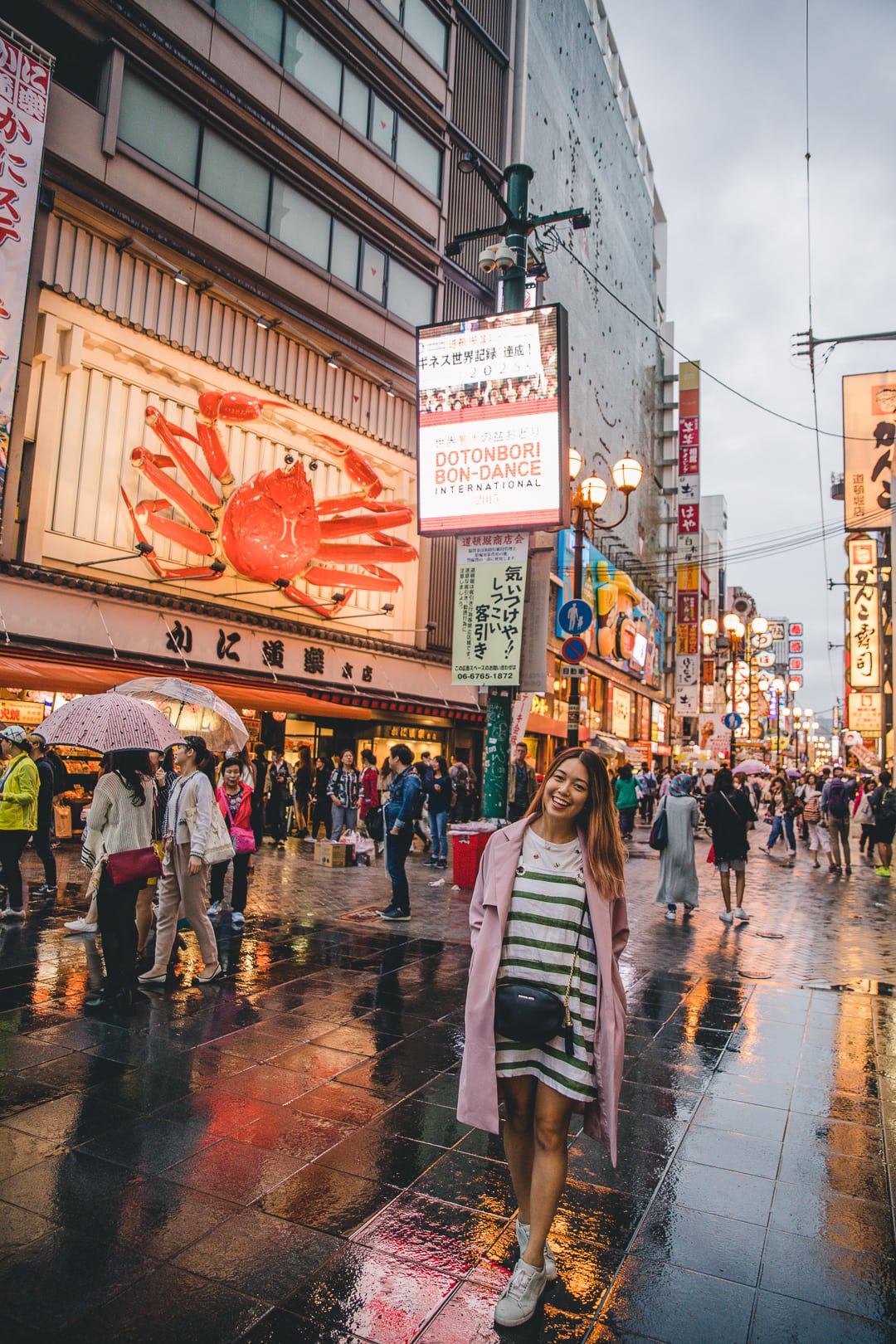
See more: Dotonbori, Osaka
3. Know the best areas to stay in each city.
In Osaka we stayed in the Namba area near Dotonbori and would easily recommend staying there again due to its proximity to Dotonbori. However it is 20 mins from Shin-Osaka station which is the main JR train station and the station that inter-city trains transit at.
In Kyoto, you might want to consider staying near Kyoto station as it's where all the trains and buses interchange at. The main tourist area however is the Gion District / Nishiki Market area. However, because there were lots of day trips that we wanted to do in Kyoto (Arashiyama, Torii Gates, Nara, etc) we felt like overall we'd recommend the Kyoto station area for a first timer. Of course, if you want to stay in Kyoto and immerse yourself in the Gion district sights and attractions, then I'd recommend staying there.
In Tokyo, we recommend either staying in the Shibuya area (are super hip and bustling district in Japan) or staying near the Ginza district - a bit more quiet, but still heaps of shops and close to Tsukiji area. Tokyo is absolutely huge however, so you can really stay anywhere and just take the train around.
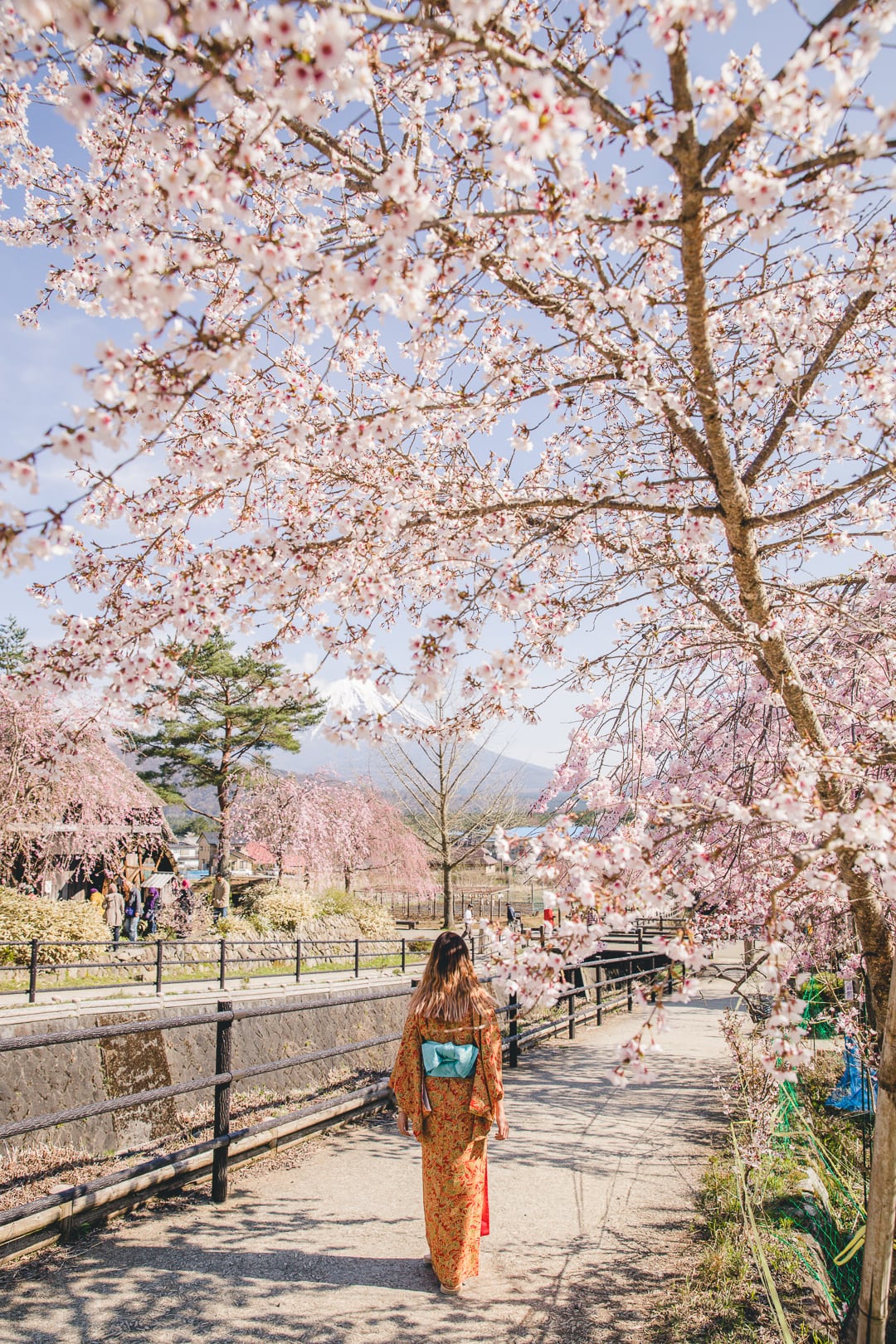
See more: One monster Lake Kawaguchiko Full Day Itinerary
4. A few basic Japanese words to get you around
The Japanese are extremely polite people so I felt like it was totally necessary to learn thank you in their language so that I could try my best to be a polite tourist back. Some common words you'll find useful are
thank you - Arigatou gozaimasu (pronounced along the lines of arli-gart-toh ger-zay-mas)
excuse me - sumimasen (pronounced along the lines of - sooh-mi-ma-sen)
hello - kon-nichiwa -
sorry - gomen'nasai (gor-men-na-say)
good morning - ohayou gozaimasu (oh-hay-yo ger-zay-mas)
good evening - konbanwa (con-ban-wah)
yes - hai ('hay')
no - iie ('ee-eh')
There's a lot of bowing involved when saying thanks and greeting people, so if someone bows to you it's best to bow back! I'm totally not used to bowing given I've lived my whole life in Australia but it is so common in Japan that sooner or later you'll find yourself doing it automatically back at everyone.

See more: Nabana No Sato - A Flower Filled Place Like No Other
5. Be on time.
Japan is big on punctuality and every train leaves exactly on the dot. So it's easy to know when you've missed a train - if you're not there on time, it's most likely gone and not going to wait. If you've made a booking for something, make sure you're on time too.
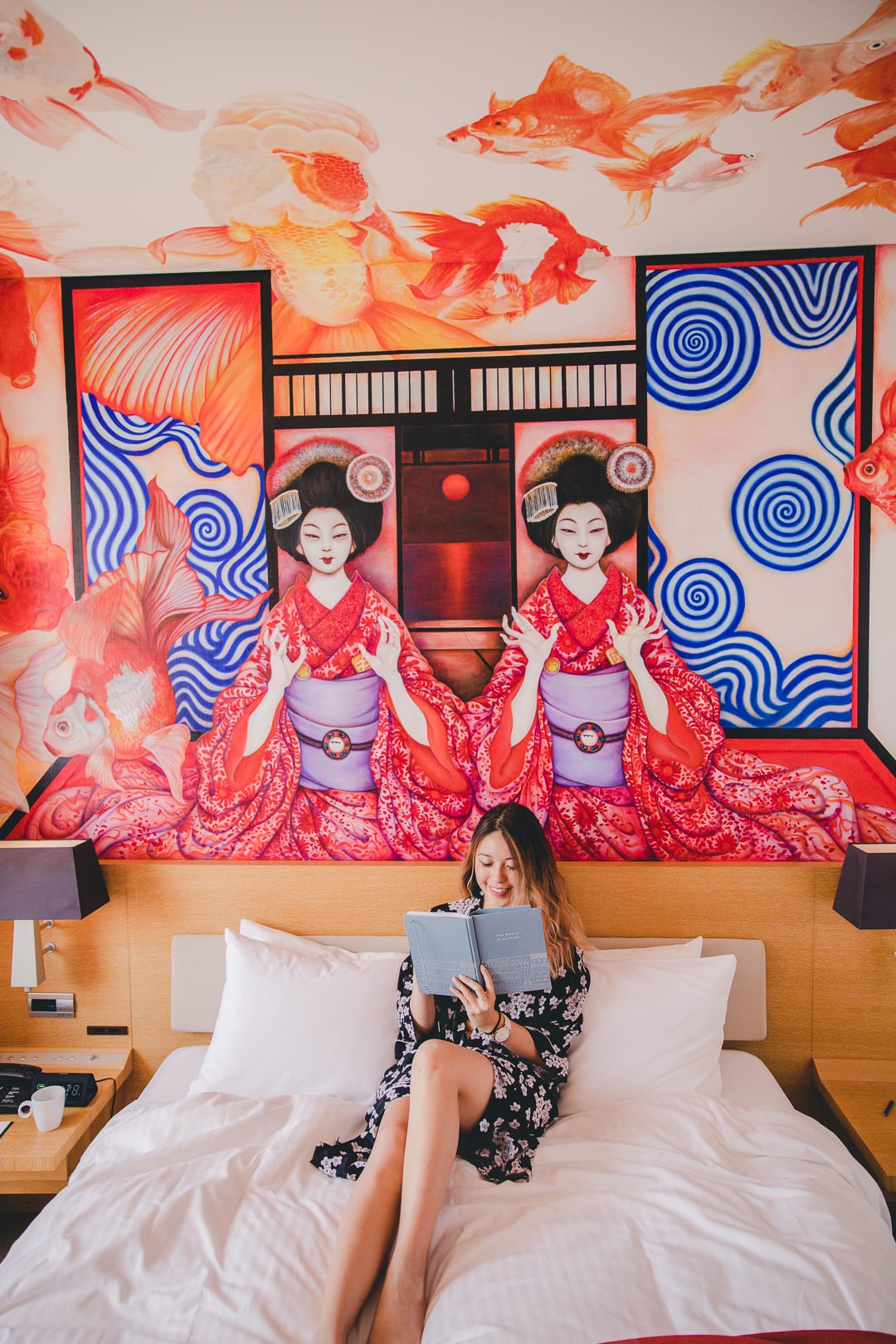
See more: Park Hotel Tokyo Artist Room Tour
6. About tax free shopping
If you're purchasing in a shop that has tax free shopping, most of the time you have to pay for the goods + tax first, then go to the tax-free shopping counter to get your tax refunded. This counter is normally a separate counter in the same shop, or it can be a specific location in a shopping centre. When you get the receipts for your tax refunds, they'll normally attach them to your passport. When you get to airport customs, they will take these receipts off you.

See more: 2 Flower-filled Day Trips from Tokyo
7. If you're big on shopping, pack light and buy plenty of luggage.
When we flew with Jetstar, we found it was cheaper per kg to add on extra luggage before our flight's check in time, than it was to have it posted back to us internationally. When we flew Japan airlines, we had no issues with luggage (and super recommend the airline!) - each person had 46kg each!! PS for me, Japan is all about the food shopping.
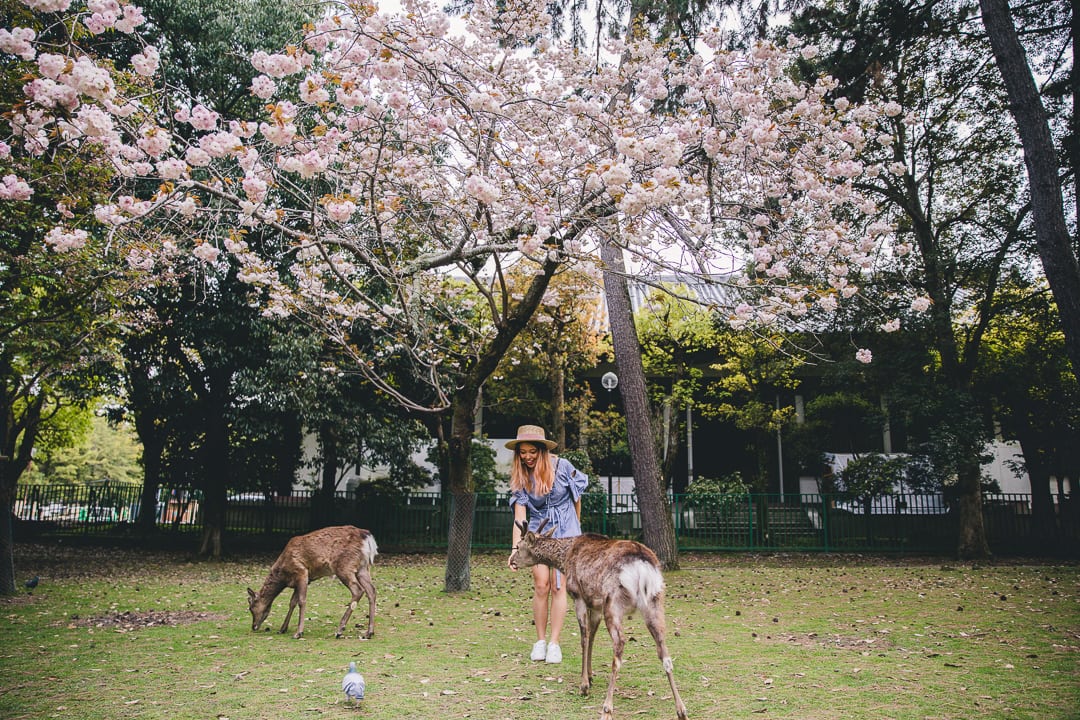
See more: A Guide to an Afternoon at Nara Deer Park
8. Tips for managing your heavy luggage
First, I'd recommend planning your itinerary so that all your shopping and extra luggage kg accumulation happens towards the end of your trip. For me, most of the shopping happens in Tokyo, and then Kyoto (mainly for matcha snacks). So I would always make sure Tokyo is our final destination. That way you won't have to be lugging your luggage around the country. If you do have lots of luggage, make sure you arrive at your bullet trains early so that you can grab one of the luggage storage spots at the end of each carriage. By the way, I've also heard about luggage transfer services which are super common and deliver your luggage separately between cities. But I've never used this service before.
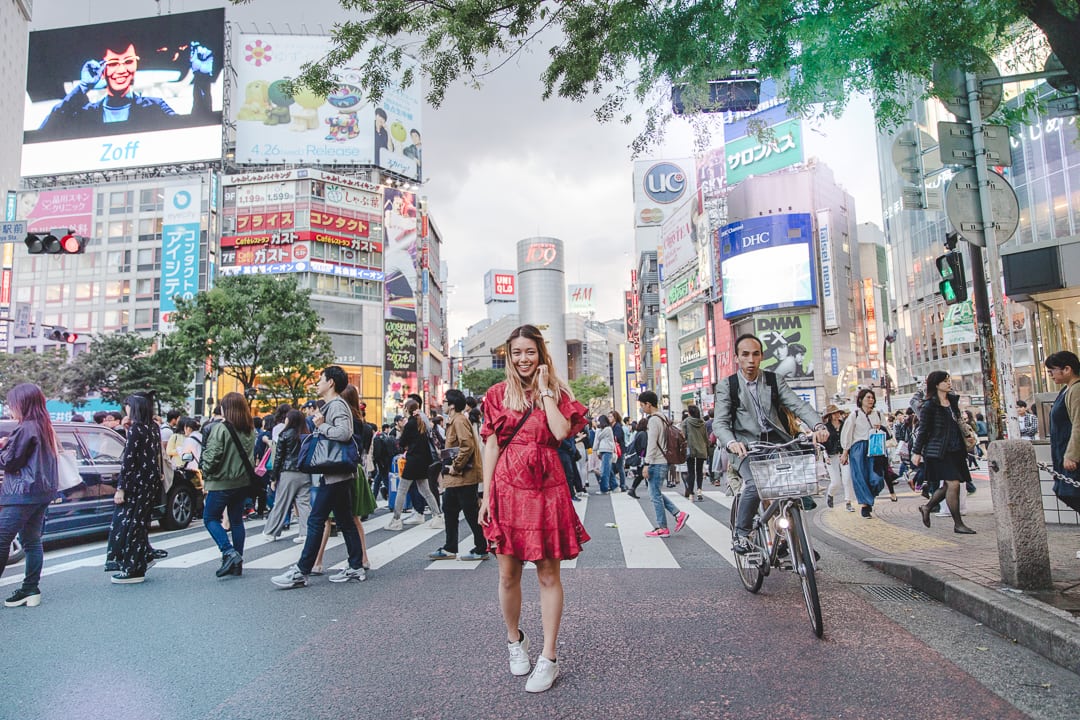
See more: Tokyo Travel Diary
9. About SIM cards (and pocket wifi)
As a tourist in Japan, I think you're not able to get SIM cards with voice calls as they are only for Japanese residents. So as a visitor, you're likely to purchase a DATA sim. SIM cards in Japan are super expensive. We purchased 5gb SIM for 4 weeks for 5500 yen each. We got the ‘Wi-Ho!’ simcard which is very available in airports, you can buy it from every terminal.
Pocket wifi are also a popular option as they can be more economical if you share one within a big group. If I was travelling casually and didn't have a travel blog, I'd go with the pocket wifi between a group. However, as internet was really important for us for travel blogging, we went with separate SIMS with lots of data so that we could also split up when needed and still both have access to data.
If you're interested in pocket wifi, we have used before and recommend Ninja Wifi - you can get 15% off by booking through my link here - discount automatically applies in checkout when using this link!
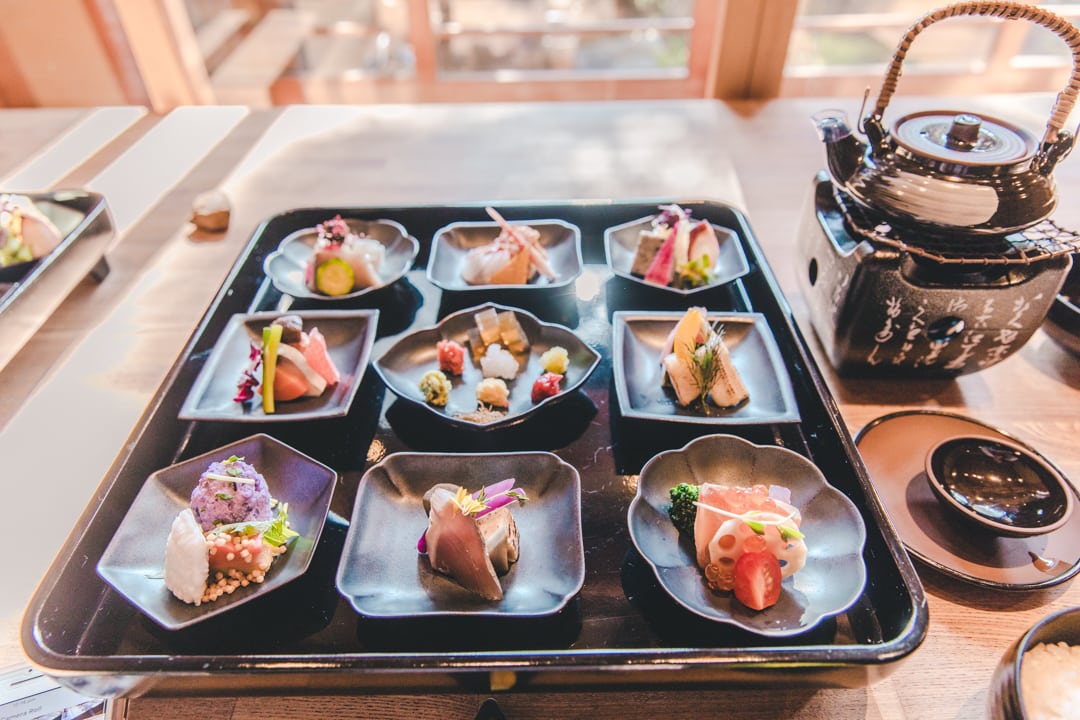
See more: What to eat in Kyoto! - Kyoto Foodies Guide
10. Restaurant ordering
Lots of restaurants in Japan normally request one order per person, so do keep that in mind if you plan to share one dish between two. And if there's a rule in Japan, you'll have to follow it. So for those who were planning to go food hopping, do keep this in mind so you're not disappointed!
Hope this helps and happy Japan planning. Oh how I wish to be back!